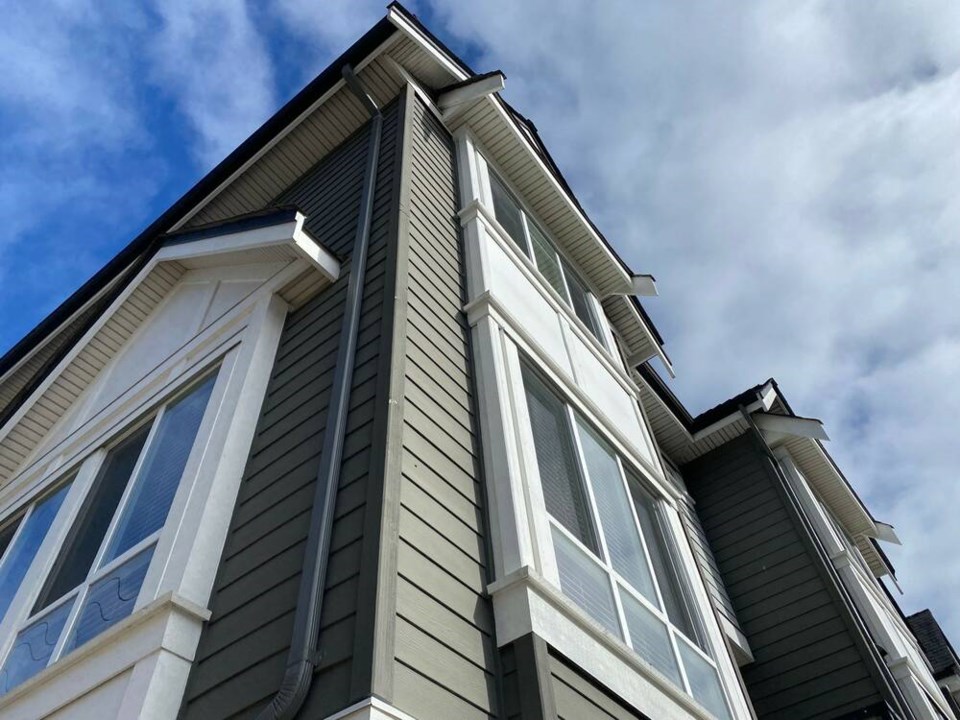The provincial government last week announced that, in response to feedback and as an interim measure, local governments will be permitted to use existing base densities established in their zoning bylaws, even if they are below the province’s new minimum allowable densities, when using the density bonus tool.
Density bonus is a zoning tool that permits developers to build additional density in exchange for public amenities or affordable housing. Local governments use that tool to help deliver much-needed affordable housing, but local governments, as well as Metro Vancouver, conveyed concern the opposite would occur with new provincial housing legislation.
Last December, the ministry released an updated policy manual that local governments must consider when implementing the requirements in the new legislation regarding increased density in Transit-Oriented Areas (TOA) and how use of the density bonus tool in those areas.
“The TOA manual sets the expectation that density bonus in TOAs would use a base density consistent with the minimum allowable densities established in the TOA regulations. Since the release of the TOA manual, several local governments have shared concerns that this approach would significantly limit their ability to use the density bonus tool in TOAs and secure affordable housing and public amenities through TOA development,” the ministry explained.
A report late last year to Metro Vancouver’s Mayors Committee noted that there is “a substantial risk that the new legislation will reduce the ability of municipalities to generate much needed nonmarket/affordable housing units through development tools such as inclusionary zoning.”
The province says that it is anticipated that by mid-2025, local governments will transition to using new pro-active planning tools to secure affordable housing and community amenities through TOA development, such as amenity cost charges and other tools under development.
The regional district, meantime, has come up with a policy framework for inclusionary housing and bonus density, noting the regional model is intended to assist member jurisdictions seeking to adopt or update policies and encourage consistency across the region, while recognizing the varied housing markets in Metro Vancouver and impacts of inclusionary housing on development feasibility.
The City of Delta, which is currently planning sweeping Official Community Plan (OCP) changes, outlined bonus density as a tool in the city’s Housing Action Plan. It was identified as a way to deliver more rental and below-market housing, where increased density should be considered along major corridors and transit routes.
It would involve the establishment of a new framework as well as an affordable housing reserve fund to assist in the funding and delivery of affordable housing projects.
The province last fall gave Delta a housing target, estimating that the city’s total housing need is 4,809 net new units over the next five years. The housing target set for Delta is 3,607 units, representing the number of net new units needed to meet 75 percent of that estimated need.
While not required, the province also outlined recommended numbers by unit type and tenure, including Delta adding 1,199 market rental units and 830 below-market rentals, including 95 with on-site supports.
A staff report last fall notes that many of those unit types are less feasible for developers to construct and typically are not realized through the market alone. Rather, they require governmental intervention through policy requirements, incentives, site specific negotiations, and/or targeted investment.



